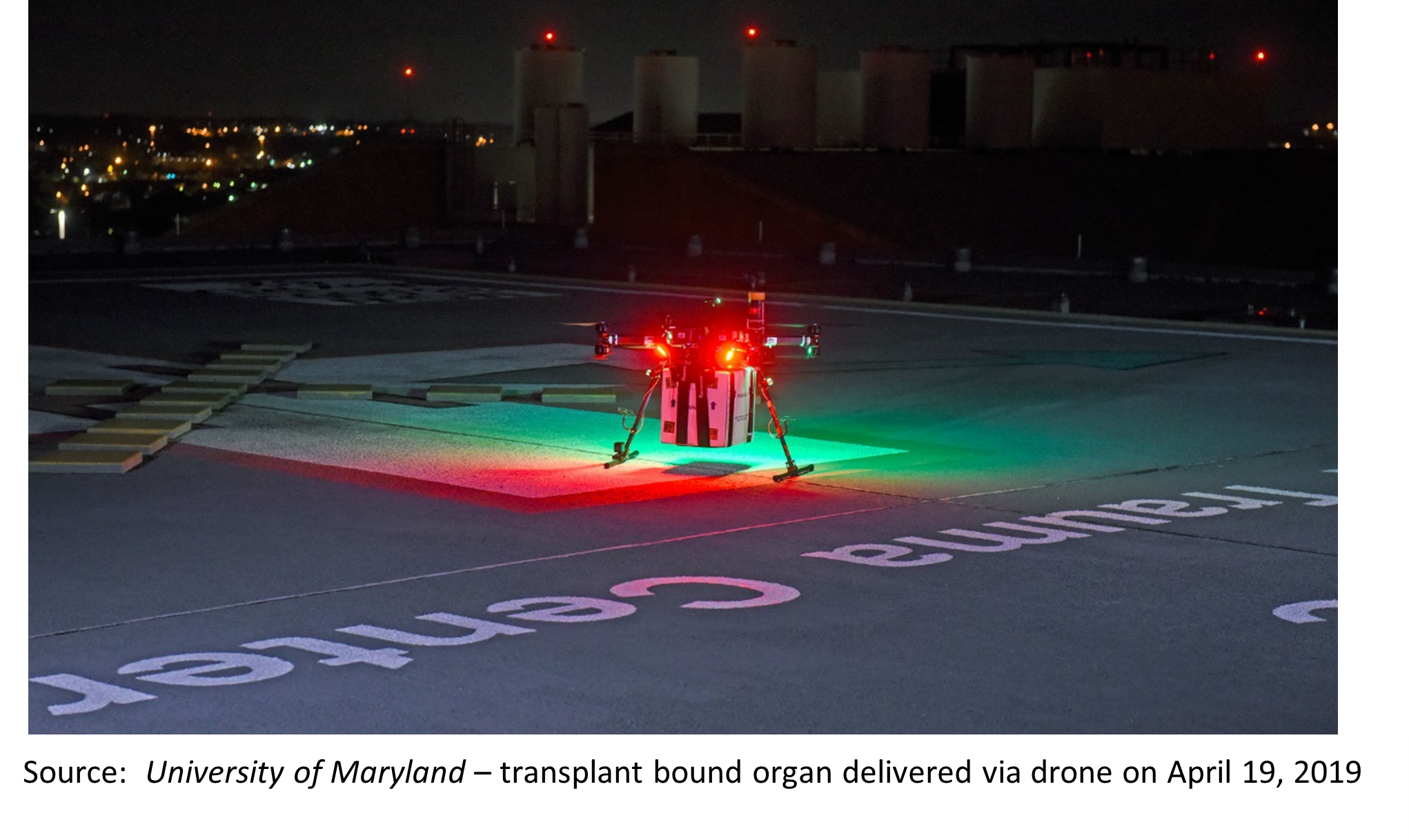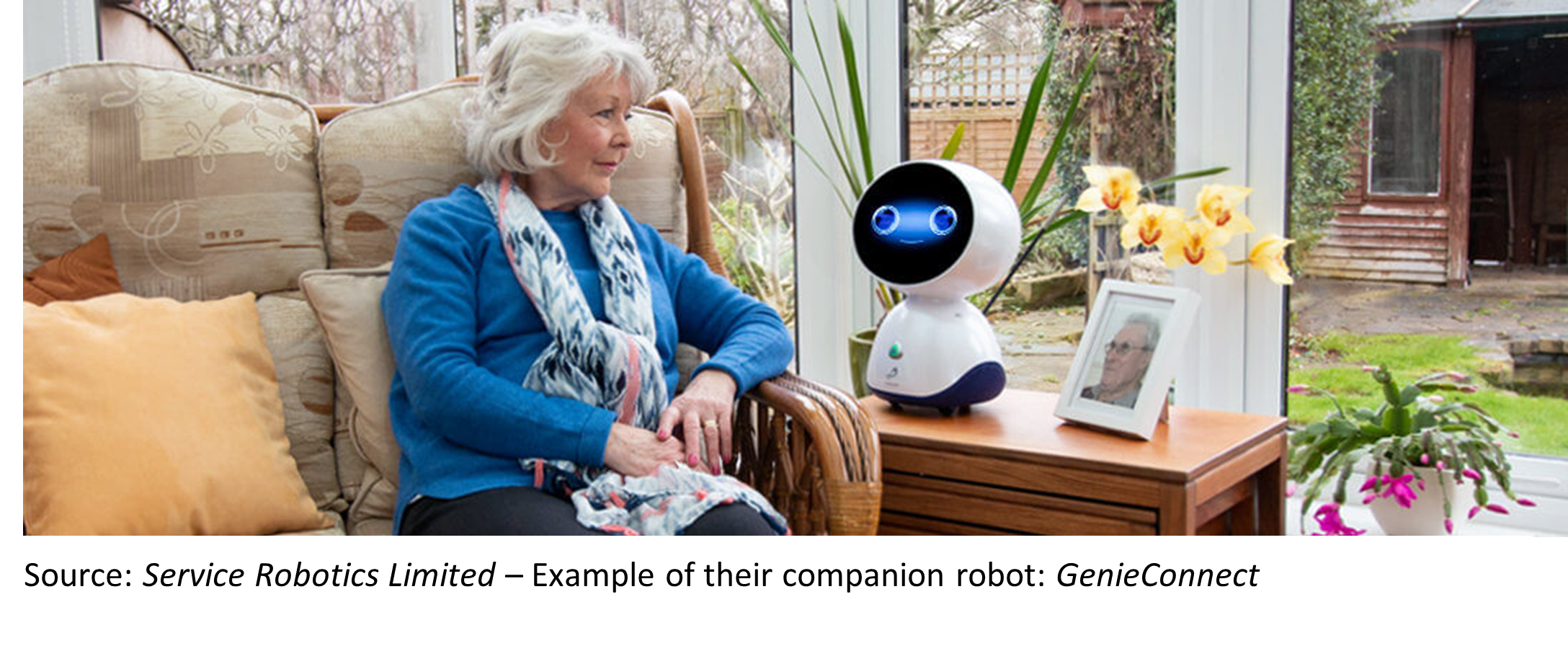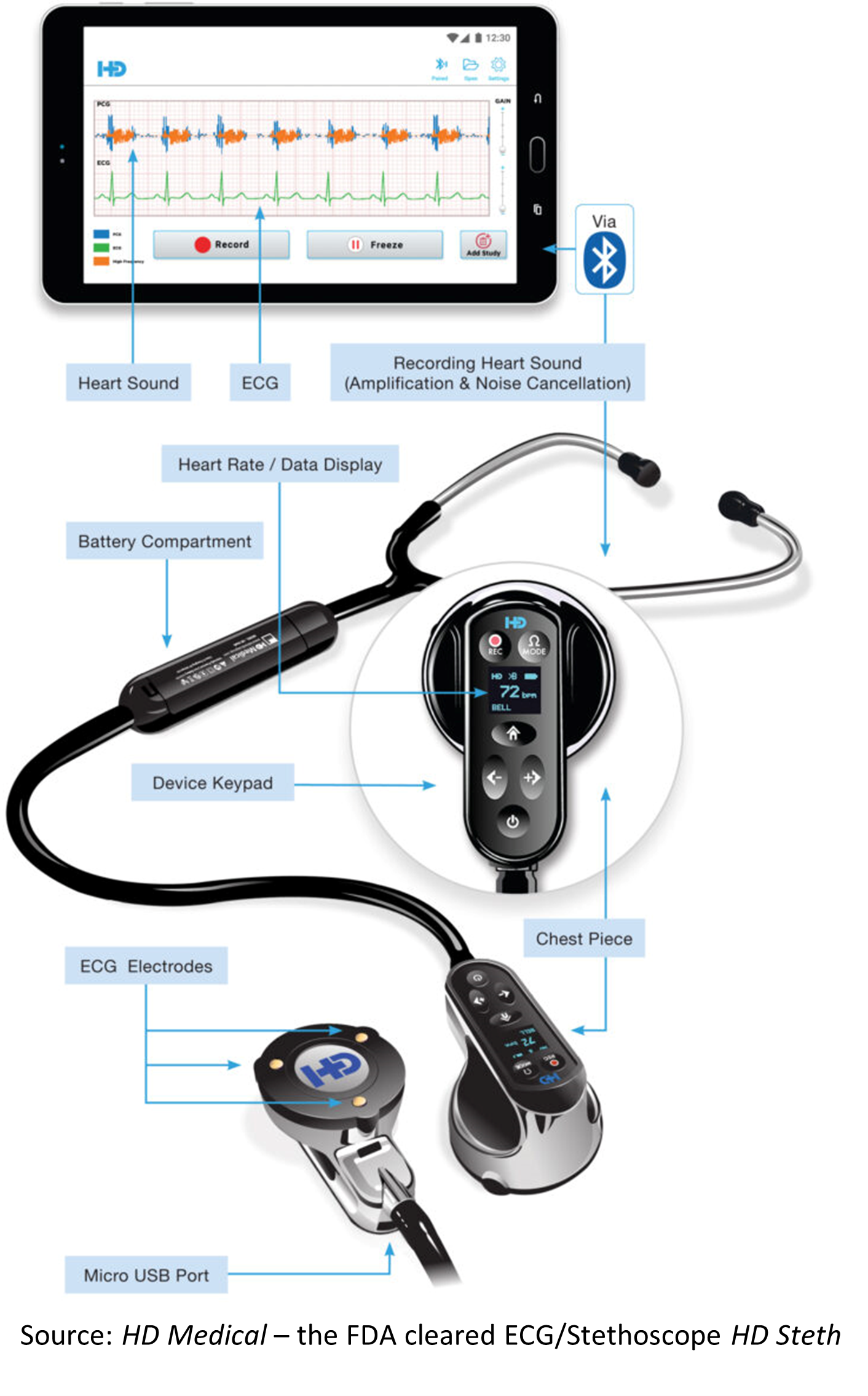10 Technologies That Will Change the Way You Practice During Your Career: Part 2

The stethoscope is a medical technology that is revered and still in use, despite being developed in the early 1800s. Since that time, there has been many advancements and iterative improvements with a more rapid expansion in medical technologies over the past century. This progression shows no sign of slowing down, and some think it is increasing exponentially as current developments compound with past inventions and knowledge. The next two to three decades are going to bring on major changes to medical care and practicing later in your career will definitely look very different than how you practice now. Here is a list of 10 technologies on the horizon. While this is not at all a comprehensive list, these are some of the most exciting and revolutionary tech being developed now, in no particular order. To cover this, this list has been split into a two-part series. This is a continuation from March's Part 1.
5. Rapid Whole Genome Sequencing
The Human Genome Project was completed in 2003. It took 13 years and many millions of dollars to accomplish. It is considered one of the greatest scientific feats of the late 20th century. Today, the cost of sequencing a genome is constantly falling, while the accuracy of the sequencing increases. The National Institute of Health's Human Genome Institute has reported that the current cost for genome sequencing is 100,000 times cheaper than two decades ago. Today, genetic testing is a routine part of the comprehensive evaluation of many disease states. In cardiology this includes inherited cardiomyopathies and channelopathies. In spite of this advancement in understanding the complex genetics of inherited diseases, many conditions still have a large percent that are "genotype unknown." This does not mean there is not a genetic predisposition to them, it just means we have not discovered it yet. Additionally, it is often cheaper and faster to only sequence the exome. This leaves almost 98% of the genome to be discounted in the analysis! As whole genome sequencing becomes faster and more affordable, we will discover a whole host of diseases that arise due to abnormal regulation and epigenetic factors of the genome. After we gain more understanding, we will be able to advance closer to "personalized medicine." To increase the power of this, we will apply artificial intelligence and CRISPR technologies. The outcomes of this are still unpredictable, but undoubtably, will be revolutionary.
6. 3-D Printing
Additive manufacturing or "3-D Printing" is a technique that utilizes special machines that are run by software to deposit a chosen building material into a thin layer. The printer continues to create the desired object layer by layer until the object is completed. The template can either be made do novo by a creator in specialized software or from a model that is made by surface scanning an object. This has primarily been utilized by hobbyists to make objects at home, but is quickly being picked up by many fields, including medicine. 3-D printed models of hearts with complex congenital heart disease have been utilized and studied for years. Similar to some of the applications of surgical preparation with virtual reality (VR) (see Part 1), 3-D printed models can use cross sectional source imaging and make highly accurate and to-scale models of a desired organ or structure that can be held and manipulated by the operator. Other applications include making patient specific orthotics and prosthetics that perfectly fit their anatomic needs. Start-up entrepreneurs are bringing ingenuity to these approaches and this novel technology. This ranges from 3-D printing medication tablets that are easily dissolved and dosed exactly as needed, to printing cells to create ex vivo liver tissue for drug testing prior to clinical trials. Although current printing is often limited to specialized plastics, as the understanding of this process evolves, further substances such as metals and biodegradable materials will be investigated and greatly increase its applications.
7. Drones

Another technology that initially started in hobby circles; drones have found uses everywhere. From delivering Amazon packages, filming blockbuster movies, or surveilling oil rigs for maintenance - drones are highly versatile. These robots are unique because they are lightweight, can come in different forms, and can carry a significant payload for their size. They also can be operated by a human or be semi-autonomous. The University of Maryland Medical Center made headlines in 2019 when they completed a proof-of-concept study where a deceased donor kidney was retrieved from one facility, flown via an unmanned drone aircraft to the destination hospital, and was then successfully transplanted. Another group of clinician researchers at the University of North Carolina have been investigating the use of drone delivery to improve AED response time and availability for out-of-hospital cardiac arrest. Drones are also going to find their way into the pandemic response. In many parts of the world, they have been playing a big role in vaccine delivery to remote and rural areas. Places where there are unreliable roads or there is a very large distance to cover can have the necessary medication and equipment quickly flown by these specialized, propeller-driven machines and be distributed by personnel stationed at the location. The company Zipline has already started to begin delivering COVID-19 vaccines via drones to remote areas of Ghana.
8. Robotics

In Hollywood, robots range from loveable, such as Wall-E, to menacing, such as the T-1000 from Terminator or HAL 9000 from 2001: A Space Odyssey. Although current day robots are not nearly as sophisticated as these fictional creations, robotics is now taking its turn in medicine. Like many of the other examples on this list, there is a large variety of uses that range from generalized, human-like robots to those that have highly specific tasks. One very interesting type of robot in development is those that are targeted for the aging world population. These robots may utilize a screen, imitate a pet, or contain an artificial animatronic face; however, their goal is the same – to provide company and companionship. Another facet in robotics is as a tool for physicians. The most mainstream example of this is the Intuitive Company's Da Vinci Robotic System. This system is on the rise in operating rooms throughout the world and is currently being used in minimally invasive cardiac surgery, amongst other specialties. Another exciting area for robotics is unique to the COVID-19 pandemic. As human-to-human transmission is high and a major risk factor for spreading the disease, robots can step in to complete specific tasks with low risk. This can include delivering a food tray to a patient in isolation to decontaminating a room after a person is discharged. On the more sci-fi end of the spectrum, researchers in China have developed "bio-robots" that mimicked murine neutrophils. They have designed them to be able to transport a chemotherapeutic drug within their artificial cell walls. The unique capability of this robotic fleet is that the researchers were able to move them through the mouse body via an external magnetic field and guide them to the brain where they were then able to cross the blood brain barrier and deliver the medication; something this drug typically cannot do. Eventually robots will shrink from the micro scale to nano-sized and we will see extremely specialized and currently unimaginable applications for this incredible technology.
9. Iterations and Improvements

This category includes new takes on old tools. As mentioned in the introduction, it has been over 200 years since the conception of the stethoscope and there have been very few improvements to its design in that time. Fortunately, in the past 5-10 years this has started to change. One of the leaders of stethoscope production, Littmann, has developed a digital device that can amplify and even record auscultated sounds. Less traditional startup companies have now started entering this space. Eko was one of the first companies to try and reinvent the stethoscope by offering attachments to augment the experience. This design utilizes a Bluetooth connection to a companion app that allows the user to record sounds and visualize the audio tracing of the heart (described as a "phonocardiogram"). They have continued to develop this technology and have implemented ECG tracing and artificial intelligence to their products. In 2020, Eko attained FDA clearance for detection of atrial fibrillation with 99% sensitivity and 97% specificity. They also have clearance to determine the presence of a murmur. Their next foray is into telehealth. Similar in ambition to Eko, the Indian startup HD Medical has recently rereleased an ECG enabled stethoscope powered by artificial intelligence (AI) that was used to screen over 50,000 children across India. They reported that this program discovered more than 90 children with congenital heart disease – 35 of which required surgery. This company has also now been FDA cleared for use in the U.S. More recent technologies such as advanced echocardiography and cardiac MRI are going to be seeing vast improvements and expanded use cases as AI-powered software is used to enhance image quality, improve hemodynamic assessments and aid in diagnostics. Flow dynamics during MRI will become the norm and lead to stronger understanding of structural heart disease and allow for more accurate long-term risk assessments. Other current tools such as standard ECG and the electronic medical record are also going to see iterations and improvements that will help cardiologists provide superior, accurate and timely health care.
10. Telehealth
Prior to 2020, it was fairly rare to come across a physician who routinely used telehealth. However, the COVID-19 pandemic accelerated the use of telehealth very abruptly as stay-at-home orders were placed last spring. Now, many physicians have embraced and routinely use telehealth. As mentioned in the previous section, companies are trying to find ways to make the encounter more meaningful. Although nothing will fully replace the therapeutic relationship that surrounds the physical exam, we will find ways to the make the encounter very personable and just as diagnostic as in person. This form of health care is going to benefit immensely from the previous technologies that have been discussed in this feature. Through advances in devices and wearables, monitoring will be improved and "check-ins" will be able to happen on a briefer, and more frequent cadence that is more convenient and beneficial for patients. With advances in VR, clinicians will be able to enter a virtual space with the patient that will make telehealth feel less awkward. Robotics have already been introduced in some places in this space as an experimental "screen on wheels" to allow a clinician to have a local presence, but care remotely. Such examples are the InTouch-VITA robot jointly developed by InTouch Health and iRobot Corp and has been deployed across multiple hospital systems in the western U.S. Advances in stethoscopes and other diagnostic tools combined with robotics and VR. will allow for a meaningful telehealth visit with comparable diagnostic qualities. There is no doubt that telehealth is here to stay. Even after the pandemic has faded into only memory, its legacy will remain in many parts of medicine.
ACC Members, discuss
this on Member Hub.
This content was developed independently from the content developed for ACC.org. This content was not reviewed by the American College of Cardiology (ACC) for medical accuracy and the content is provided on an "as is" basis. Inclusion on ACC.org does not constitute a guarantee or endorsement by the ACC and ACC makes no warranty that the content is accurate, complete or error-free. The content is not a substitute for personalized medical advice and is not intended to be used as the sole basis for making individualized medical or health-related decisions. Statements or opinions expressed in this content reflect the views of the authors and do not reflect the official policy of ACC.
